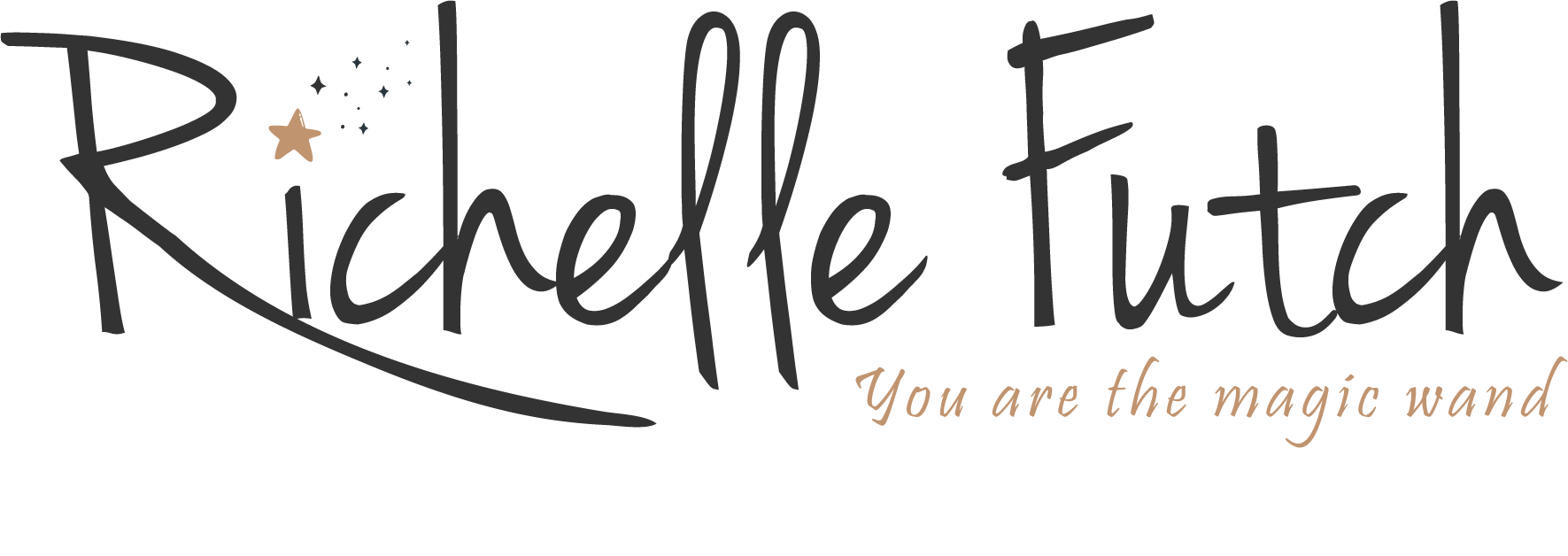“You can observe a lot just by watching.” Yogi Berra
Anyone who suffers from anxiety can describe to you how one small interpretation can quickly spiral into a full-blown panic attack. For those who deal with anxiety, this is going to be a great lesson for you! We are going to learn to separate what we observe from the labels we assign them!
The mindfulness skills I’m going to be addressing the next two weeks are the vehicles for balancing our 3 states of mind. We start with the WHAT skill. The goal of the WHAT skill is to develop a lifestyle of participating with awareness. The WHAT skill includes learning to Observe, Describe, and Participate.

Observing is attending to events, emotions, and other behavior responses without necessarily trying to end them because they’re painful or prolong them when they’re pleasant.
What we learn is to allow ourselves to experience with awareness, at the moment, whatever is happening, rather than leaving a situation or trying to end an emotion.
This is a way to stay in the present and to be mindful of what is going on. Just noticing everything about what you are doing without focusing on your feelings is a difficult challenge. Remember here that observing an event is separate from the event itself just like observing walking and walking are two different responses, observing one’s own heartbeat and the heart’s beating are different responses.

Describing is adding verbal labels or putting into words events and responses.
Learning to describe accurately is essential for communication and self-control. The challenge here is to learn to not take emotions and thoughts literally. For example feeling afraid does not necessarily mean that a situation is threatening to life or welfare.
To describe the fear you could say “I feel my stomach muscles tightening, my throat constricting,” but this does not necessarily mean that you are literally going to be harmed.
Another use for this area of the skill is for those who exhibit thinking errors like “I am taking a test today” turns to “I’m going to fail the test” turns to “I am a failure”. This will get easier if we can remember to just stick to the facts.

Participation is about awareness.
It’s about being totally present when engaging in an activity.
By participating with awareness, we can be in the moment, which allows us to step back from our lives and our thoughts and be aware that we are alive at this moment and we are okay right now. This is a great tool when you’re in distress.
Marsha Linehan says that “participation without awareness is a characteristic of impulsive and mood dependent behaviors.” With that said, think of using Mindfulness skill when you exhibit a pattern of impulsive behavior.
There seems to be some confusion with regard to what it means to participate with awareness or without self-consciousness. Let me see if I can help explain it differently. When we are learning a new behavior ie: typing. We must first focus on finger placement, where the keys are, and watching our fingers as we type. That is participating with full awareness. Once we learn the behavior or skill and can do it effectively we can then type without self-consciousness. We can be mindful that we are typing but the awareness is not as high as when we are first learning.
Once again the Goal is to participate with awareness but the level of awareness changes as we master the skills and they become more natural to us.
Remember, you can only do one of these at a time for example: the moment you add a label, you have moved from Observing to Describing. Next week we will talk about the HOW skill.

P.S. I am LOVING my new advanced DBT skills group! For those who have been through a DBT skills group and are looking for a weekly place to connect and discuss skills practice this is for you! Check it out here.





Leave A Comment